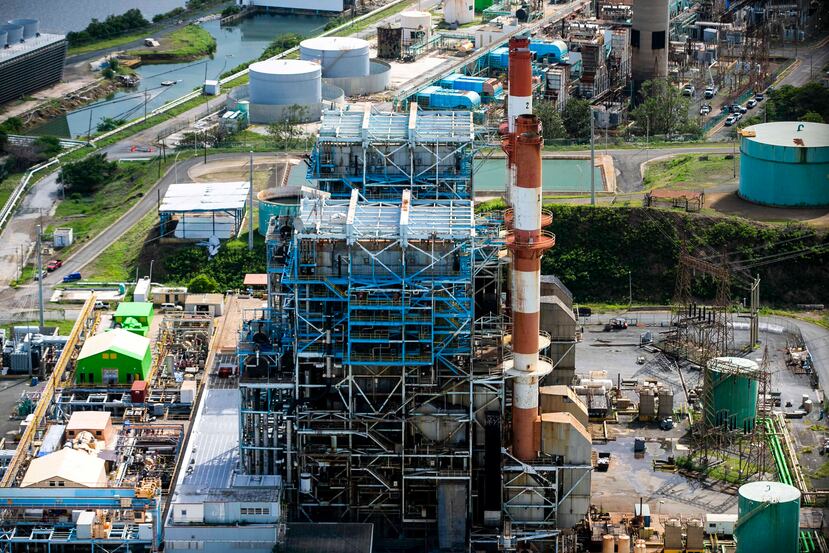
In the face of the inability to find new sources of energy generation, emissions of toxic pollutants will remain above legal levels until at least the end of this decade
In the face of the inability to find new sources of energy generation, emissions of toxic pollutants will remain above legal levels until at least the end of this decade
October 4, 2024 - 1:21 PM


Almost a decade and a half after the federal government established the new air quality parameters, two large areas in Puerto Rico remain without a clear path to comply with the standards, putting at risk the health of hundreds of thousands of people who live or work near major power generation facilities, considered the main sources of polluting emissions in the country.
Las noticias explicadas de forma sencilla y directa para entender lo más importante del día.


Te invitamos a descargar cualquiera de estos navegadores para ver nuestras noticias: